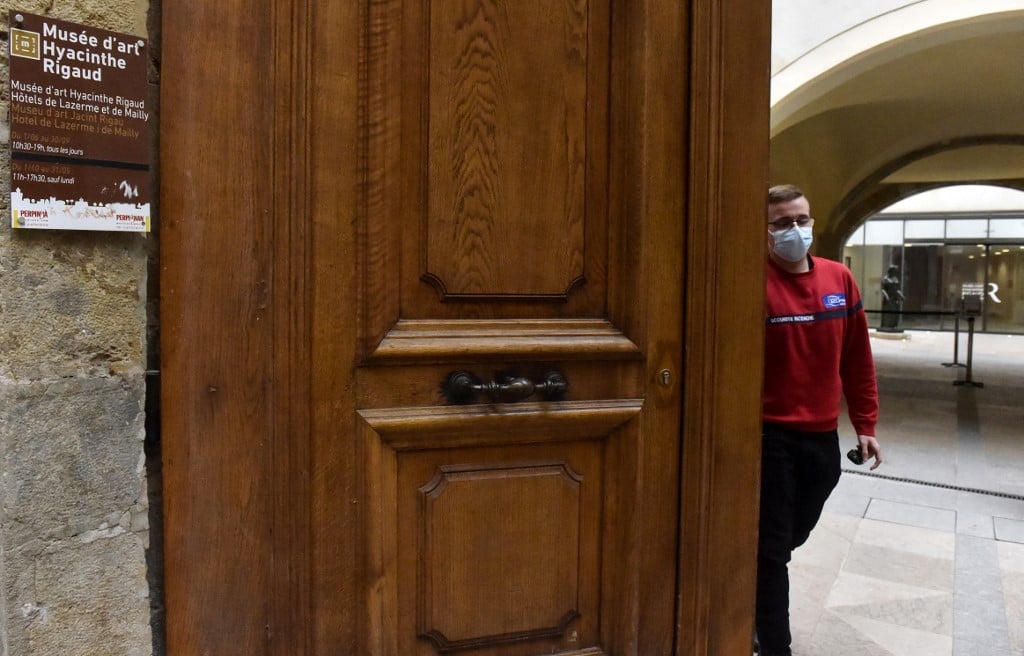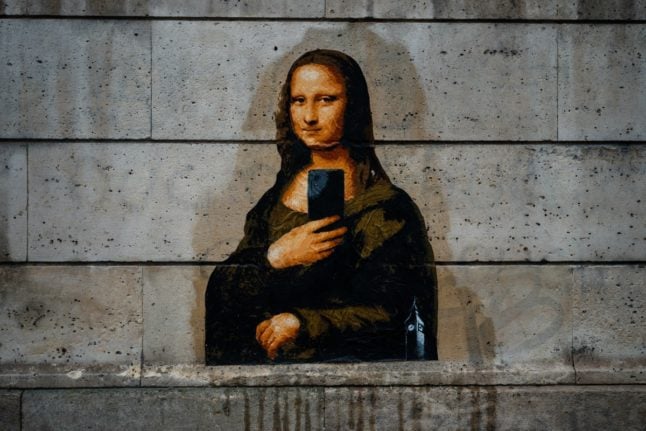Louis Aliot, who is also the vice president of the far-right National Rally, reopened the museums last week, saying sufficient precautions could be taken to allow limited numbers to visit safely.
The move, a sign of growing impatience over shutdown measures, was immediately contested in court by the central government and judges agreed that Aliot could not override “on his own” a national decree.
“We regret this decision, which will keep away our fellow citizens who are already suffering immensely during this health crisis,” Aliot tweeted in response. “Culture is a fundamental need that asks only to express itself.”
Le TA de Montpellier vient de suspendre nos arrêtés d’ouverture des #musées de #Perpignan. Nous regrettons cette décision qui éloignera encore un temps nos concitoyens durement éprouvés par cette crise sanitaire. La culture est un besoin essentiel qui ne demande qu’à s’exprimer.
— Louis Aliot (@louis_aliot) February 15, 2021
Cultural venues and artists around the country are desperate to reopen, even partially, as museums, theatres, cinemas and restaurants have been closed since last October.
Aliot told the hearing Monday in nearby Montpellier that he had opened just four of his city’s 15 or so museums including the Hyacinthe-Rigaud art museum, which had received around 2,000 people since Tuesday.
The government lifted a broader nationwide lockdown in mid-December, but said museums and restaurants must stay closed as authorities try to bring down stubbornly high Covid-19 infection rates.
Early this month, hundreds of artists, museum directors and others in the art community signed two petitions urging the government to allow museums to open.
“For an hour, a day, a week or a month – let us reopen our doors, even if we have to shut them again in the case of another lockdown,” they wrote.




 Please whitelist us to continue reading.
Please whitelist us to continue reading.
Member comments